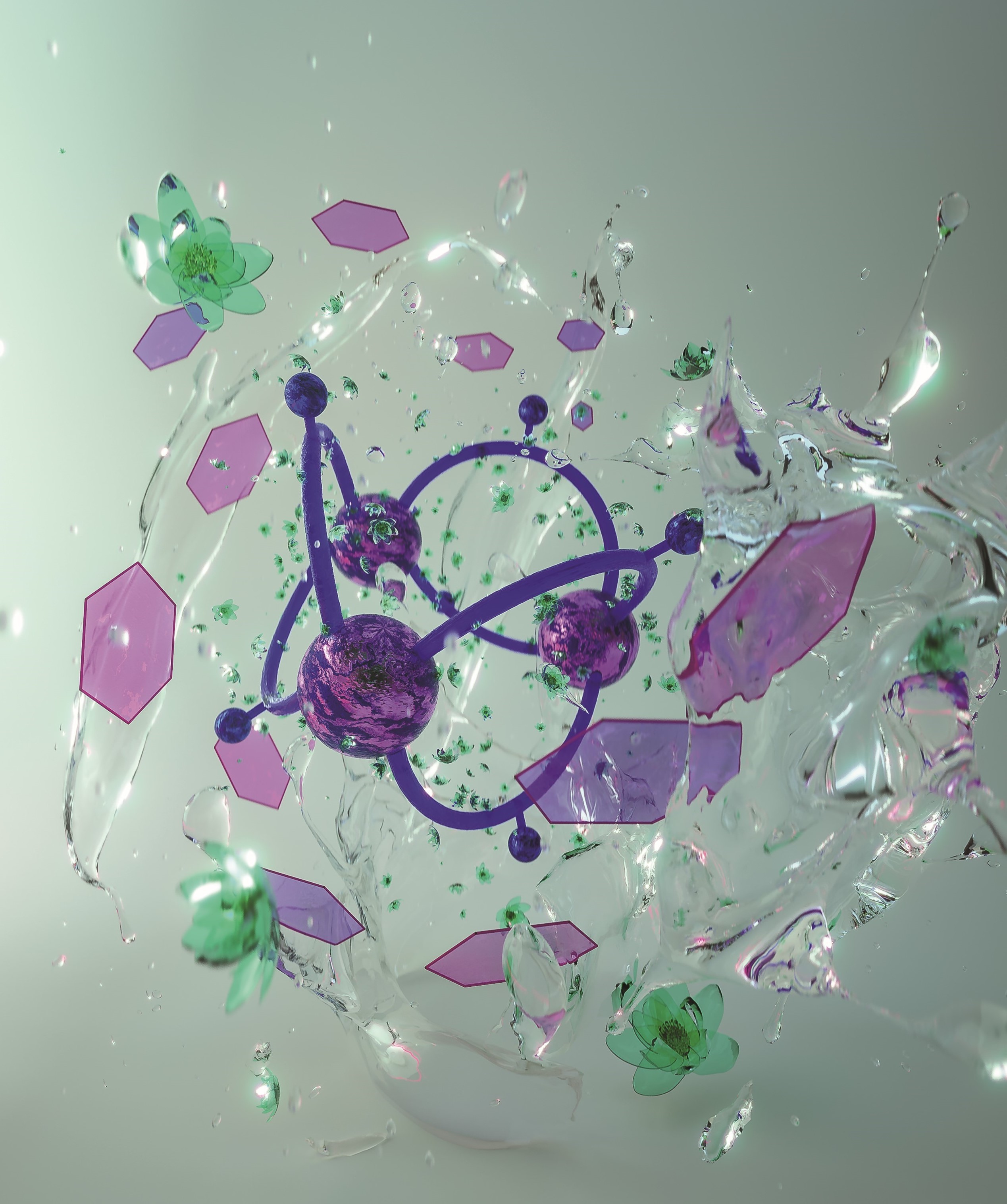19. Jan. 2021
Press Release;
Ondrej Jurcek, from the research group of professor Radek Marek from CEITEC Masaryk University, supported by an international team of chemists, have designed new and highly interesting supramolecular materials that could be used in many areas of chemistry. The researchers used bile acids to design organic building blocks that can be connected to metal building blocks and together form unique supramolecular metal-organic complexes that can be further self-organized into even larger systems with a variety of applications. Their research findings were published on 8 January 2021 in the open-access journal Cell Reports Physical Science, which belongs to prestigious publishing house Cell Press.

Bile acids are natural compounds that are produced in the human body. Their main function is to mediate digestion and absorption of lipids and lipid soluble nutrients from the small intestine, but it has also been found that they play many other important roles in the human body, for example regulating the metabolism of cholesterol. Therefore, they are being used in many areas of the pharmaceutical industry. Ondrej Jurcek and his colleagues decided to use bile acids for preparation of special organic building blocks that resemble banana-shaped joints that can be connected with metal building blocks. Under specific conditions, those building blocks can be combined to form supramolecular metal-organic flower-like complexes. These complexes are impressive not only because of their interesting appearance but mainly due to their unique properties.
The researchers wanted to initiate further self-organization of those complexes into even larger systems. They knew that when bile acids are combined with water in the small intestine, it results in large aggregates, micelles. “This natural process taking place in the human digestive system, inspired us to perform similar experiments. The addition of just a few drops of water into our solution leads to a formation of completely new materials made of highly symmetric hexagonal particles. The performed water-triggered self-organization brought with it not only a new appearance but also new properties. The discovery could one day be very useful for practical applications in many areas of chemistry”, explained Ondrej Jurcek, the lead researcher of the study.
The researchers used a combination of many different analytical methods. They had to engage in true detective work. Each method used in the study must be reliable and reproducible, each providing them with certain information or supporting the results of the previous one. Combining these methods and comparing them with the basic research already existing in the literature of this area, the international team of scientists could finally come up with the conclusions and description of the processes leading to the self-assembly and self-organization into these novel materials. Yet, probably the most exciting part of their research was the final moment, when they could observe completely new hexagon-shaped particles visible to the naked eye through a microscope.
“The exact potential of these new materials has to be further examined, but it is already certain that this small step inspired by processes found in nature can represent a big leap in the development of novel supramolecular materials in the future. Finding new materials is nowadays a very important area of chemistry and this is the very first of many to come from this particular group”, concludes Ondrej Jurcek.
Author


 Share
Share